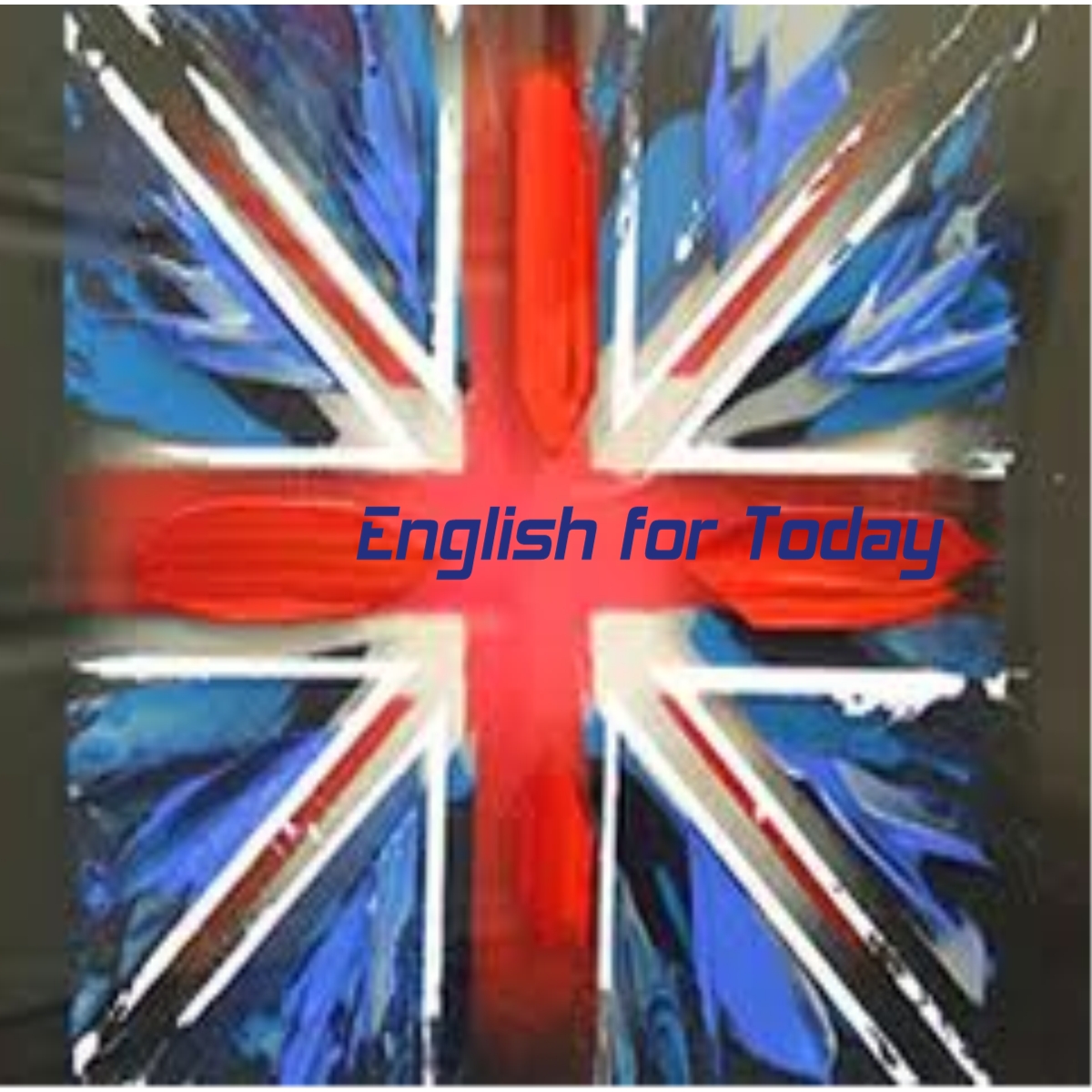When we say the letters of the alphabet the letter A has the long vowel sound /eɪ/, we say this sound when we pronounce the word 'plane'. But A can also be pronounced as the short vowel /æ/, as in the word 'plan'.
Let's compare the sound /eɪ/ with other sounds and realise the differences:
meat - mate - met
come - came - calm
white - wait - wet
In spelling: We frequently have /eɪ/ with the following letter combinations:
1. a-consonant-e: mate
2. ey: grey
3. ai - wait
4. ea - great
Now let's compare the sound /æ/ with other sounds.
mud - mad - made
sing - sang - sung
pen - pan - pain
In spelling: We frequently have /æ/ with the following letter combinations:
1. a-consonant: cat (But if there is an 'R' after 'A' and this 'R' has no vowel sound after it, the sound of this 'A' will be /ɑː/)
Important observation: In most English accents, these words have the vowel /æ/: ask, dance, task, castle, bath, fast among others, but in South East England, speakers replace the sound /æ/ to /ɑː/.
Exercise:
1. These words all have the vowel sound /æ/. Change them to /eɪ/ using the same consonants.
1. at
2. mad
3. man
4. pan
5. tap
6. ran
7. hat
8. plan
2. Listen and decide which vowel sound is different.
a. sad - mad- fade - jab
b. far - fat - fag - bag
c. watch - catch - patch - land
d. rain - said - maid- paid
e. case -name - care - fake
f. break - great - heat - weight
Bibliography: HANKOK, Mark. English Pronunciation in Use. Cambridge: Cambridge University Press, 2007.
he answers to the questions may be sent to:
e-mail: eng.4.today@gmail.com
Twitter: www.twitter.com/eng4today
Facebook: www.facebook.com/eng4today
All the answers will commented by the teacher and sent back by email.
Please comment and give suggestion about the lessons and the programme.
This blog is a non commercial, non profit educational website.

English for Today by Nimlot Logan is licensed under a Creative Commons Attribution-NonCommercial-ShareAlike 3.0 Unported License.





